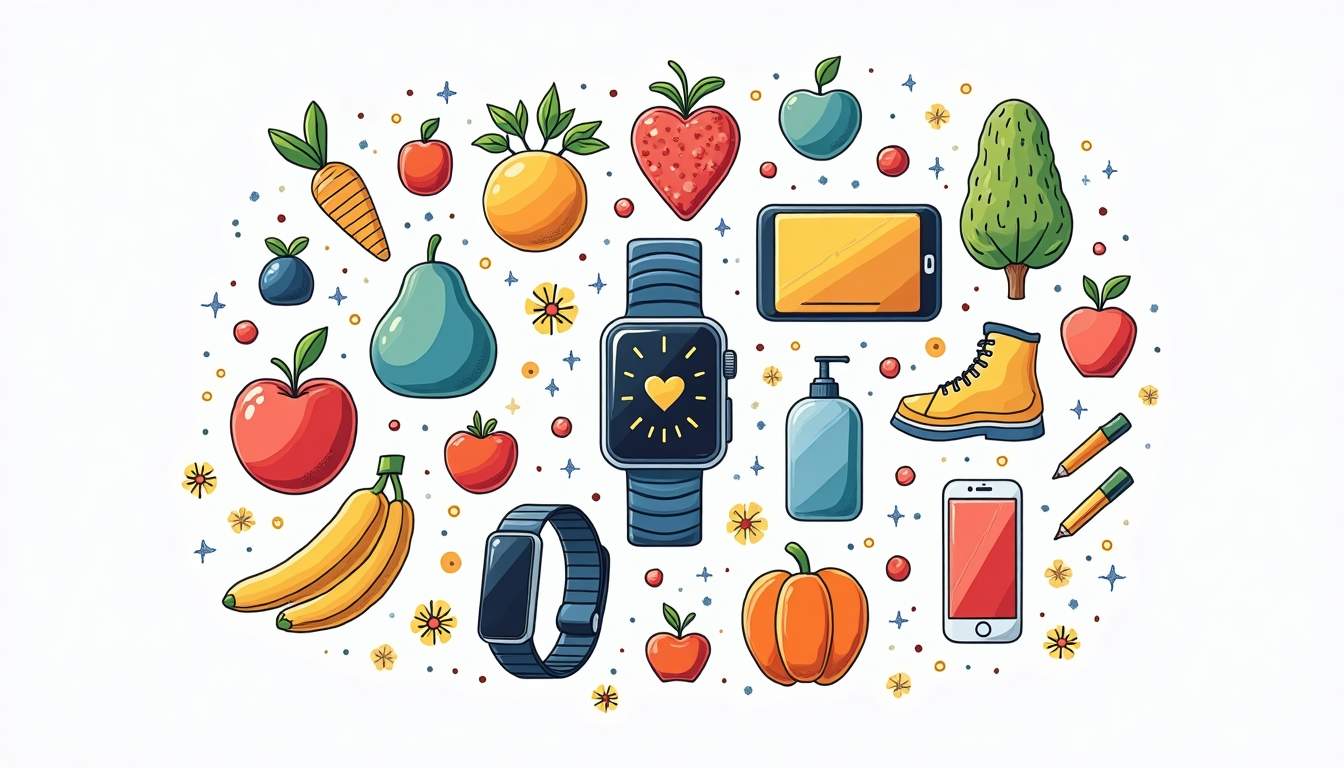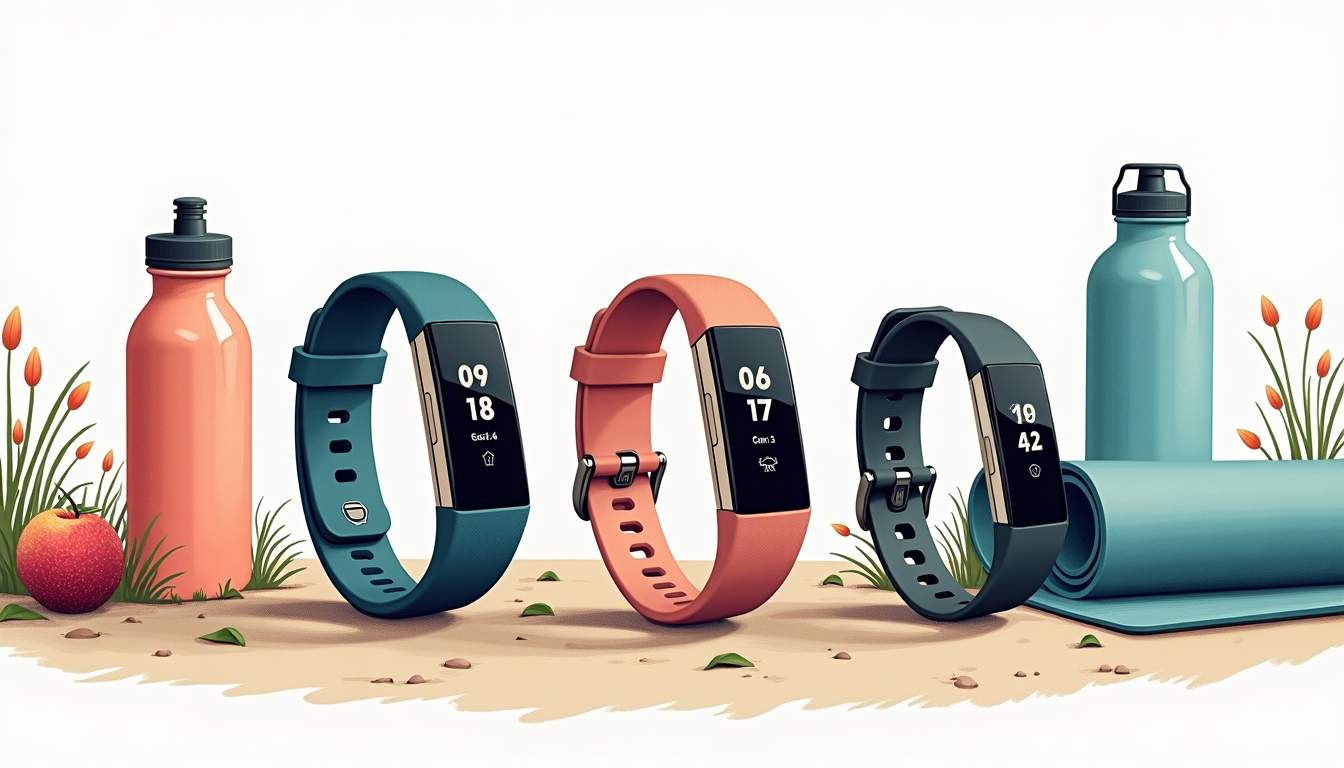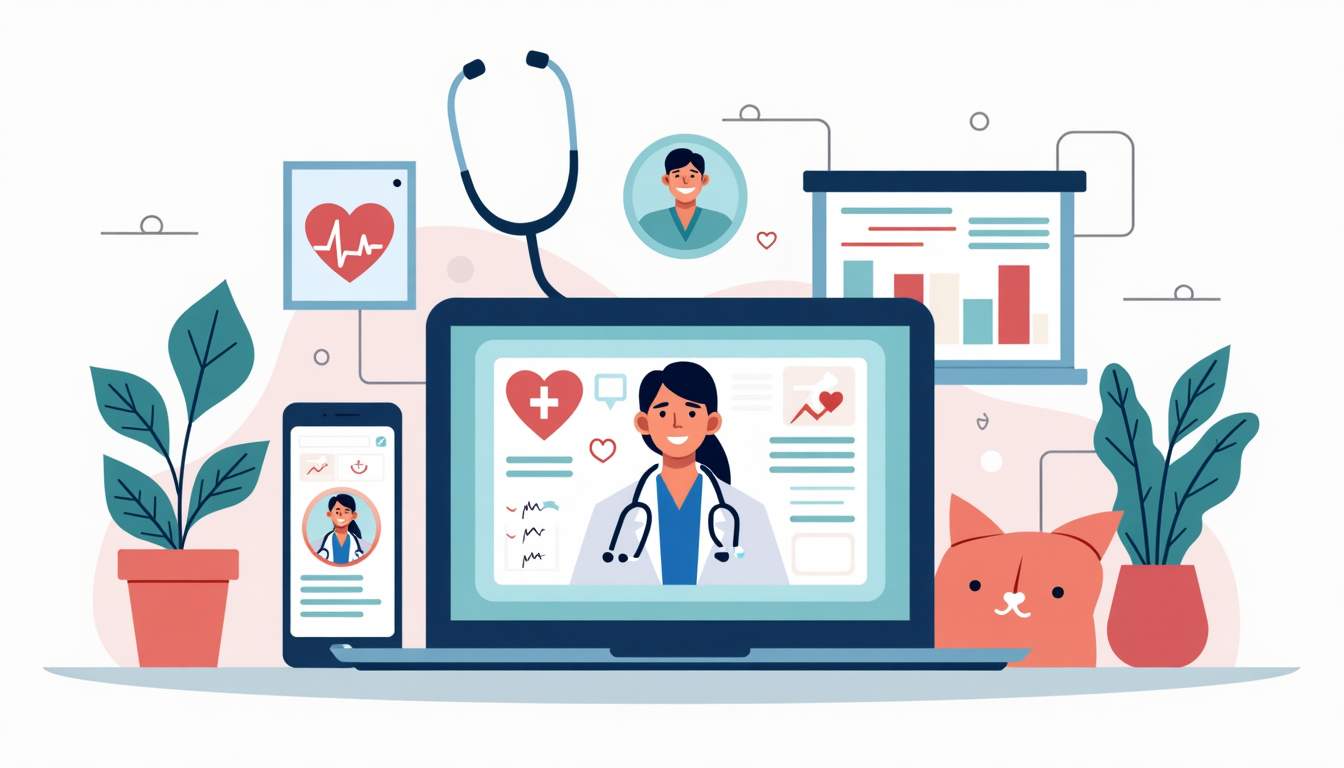views

From wearable devices that track every heartbeat to sophisticated AI systems that predict illnesses before symptoms appear, the intersection of health and technology is transforming lives. This article explores the groundbreaking innovations and trends that are bringing your health to life, empowering individuals to take control of their well-being like never before.
Wearable Technology: Your Health Companion on the Go
Wearable devices have revolutionized personal health monitoring by providing real-time data and insights. These gadgets, often worn on the wrist, are equipped with sensors that track a variety of health metrics such as heart rate, sleep quality, physical activity, and even blood oxygen levels.

From Fitness Trackers to Medical-Grade Devices
Initially, wearables were primarily fitness trackers aimed at encouraging more movement and better exercise habits. Today, the technology has evolved dramatically. Devices like the Apple Watch and Fitbit now offer features that go beyond counting steps. They can detect irregular heart rhythms, monitor ECGs, and even alert users to potential atrial fibrillation—a condition that can lead to serious complications if left untreated.
Moreover, some wearables have received FDA clearance, meaning they meet rigorous standards for medical use. This shift allows users not only to track wellness but also to manage chronic conditions such as diabetes or hypertension with greater precision. For example, continuous glucose monitors (CGMs) provide diabetic patients with real-time blood sugar readings, reducing the need for frequent finger-pricks and enabling more responsive treatment adjustments. In addition to CGMs, wearable insulin pumps are becoming increasingly sophisticated, allowing for automated insulin delivery based on real-time glucose data, thus optimizing diabetes management. To explore more about advanced wearable technologies and their medical applications, visit Aspedan.
Personalized Health Insights and Motivation
One of the most powerful aspects of wearable technology is its ability to personalize health insights. By collecting data over time, these devices learn your unique patterns and can offer tailored advice. Whether it’s suggesting optimal workout times, providing reminders to stand and move, or guiding breathing exercises to reduce stress, wearables act as personal health coaches.
This continuous feedback loop helps users stay motivated and accountable, often leading to sustained lifestyle changes. The gamification of health goals—earning badges, competing with friends, or setting personal records—adds an element of fun and community support that encourages long-term engagement. Additionally, many wearables now integrate with smartphone apps that provide deeper analytics, allowing users to visualize their progress over time. This not only enhances the user experience but also fosters a deeper understanding of how daily habits affect overall health, encouraging more informed choices in diet, exercise, and wellness practices.
Furthermore, the social aspect of wearables cannot be overlooked. Many devices allow users to connect with friends and family, creating a supportive network that can motivate individuals to achieve their health goals together. This sense of community can be particularly beneficial for those who may struggle with motivation or accountability on their own. As users share their achievements and challenges, they foster an environment of encouragement and inspiration, making the journey toward better health a collective effort.
Artificial Intelligence: Predicting and Preventing Illness
Artificial intelligence (AI) is rapidly becoming a cornerstone of modern healthcare, offering unprecedented capabilities in disease prediction, diagnosis, and treatment planning. By analyzing vast amounts of data quickly and accurately, AI systems can identify patterns that might elude even the most experienced clinicians.
Early Detection Through Machine Learning
Machine learning algorithms excel at recognizing subtle changes in medical images, lab results, and patient histories. For instance, AI-powered tools can analyze mammograms to detect early signs of breast cancer with remarkable accuracy, often outperforming human radiologists. Similarly, AI models are being used to predict the onset of conditions like Alzheimer’s disease by analyzing brain scans and genetic information.
Early detection is critical because it allows for timely intervention, which can dramatically improve outcomes. AI’s ability to sift through complex data sets quickly means that diseases can be caught in their nascent stages, sometimes even before symptoms manifest.
Personalized Treatment Plans and Drug Discovery
AI is also transforming how treatments are tailored to individual patients. By integrating data from genomics, lifestyle, and clinical records, AI can help doctors design personalized therapy plans that maximize effectiveness and minimize side effects. This approach is particularly promising in oncology, where targeted therapies based on a tumor’s genetic profile can significantly improve survival rates.
Beyond treatment, AI accelerates drug discovery by predicting how new compounds will interact with the body and identifying promising candidates faster than traditional methods. This speed is crucial for addressing emerging health threats and developing innovative therapies for complex diseases.
Telemedicine: Healthcare at Your Fingertips
The rise of telemedicine has transformed how patients access healthcare services, making it easier, faster, and often more affordable. By leveraging video conferencing, mobile apps, and remote monitoring tools, telemedicine bridges the gap between patients and providers regardless of location.

Convenience and Accessibility
Telemedicine removes many barriers to care, especially for those living in rural or underserved areas. Patients can consult with specialists hundreds of miles away without the need to travel, saving time and reducing costs. This convenience also benefits busy individuals who might otherwise delay seeking care due to scheduling conflicts.
During the COVID-19 pandemic, telemedicine became a lifeline, enabling continuous care while minimizing exposure risks. Many healthcare systems have since integrated virtual visits as a permanent option, recognizing their value in routine check-ups, mental health counseling, and chronic disease management.
Remote Monitoring and Chronic Disease Management
Telemedicine is particularly effective when combined with remote patient monitoring. Devices that track vital signs such as blood pressure, glucose levels, or oxygen saturation can transmit data directly to healthcare providers. This continuous flow of information allows for proactive management of chronic conditions, reducing hospitalizations and improving quality of life.
For example, heart failure patients equipped with remote monitoring devices can receive timely interventions if their condition worsens, preventing emergency situations. This model of care emphasizes prevention and early response, which is both cost-effective and patient-centered.
Health Apps: Empowering Everyday Wellness
Smartphone health apps have exploded in popularity, offering tools for everything from meditation and nutrition tracking to symptom checkers and medication reminders. These apps put health management directly into users’ hands, making wellness a daily priority.
Mental Health and Mindfulness
Mental health apps have gained significant traction as awareness of psychological well-being grows. Platforms like Headspace and Calm provide guided meditation, breathing exercises, and sleep aids designed to reduce stress and anxiety. These tools are accessible anytime and anywhere, helping users build resilience and maintain emotional balance.
Additionally, some apps offer cognitive behavioral therapy (CBT) techniques and mood tracking, enabling users to identify triggers and patterns in their mental health. This self-awareness can complement professional treatment or serve as an entry point for those hesitant to seek traditional therapy.
Nutrition and Fitness Tracking
Apps that track diet and exercise help users make informed choices about their lifestyle. By logging meals, monitoring calorie intake, and analyzing nutrient balance, these tools promote healthier eating habits. Fitness apps often include workout plans, progress tracking, and community challenges that motivate users to stay active.
Many apps now integrate with wearable devices, creating a comprehensive ecosystem that captures all aspects of health. This synergy enhances accuracy and provides a holistic view of wellness, empowering users to set realistic goals and celebrate achievements.
The Future of Health Technology: Integrating Innovation and Humanity
As technology continues to advance, the future of health looks increasingly personalized, predictive, and participatory. Innovations such as genomics, virtual reality, and blockchain are poised to further revolutionize healthcare delivery and patient engagement.
Genomics and Precision Medicine
Genomic sequencing is becoming more affordable and accessible, enabling individuals to understand their genetic predispositions to various diseases. This knowledge allows for highly personalized prevention strategies and treatments tailored to one’s unique genetic makeup.
Precision medicine aims to move away from a one-size-fits-all approach, focusing instead on therapies that consider genetic, environmental, and lifestyle factors. This shift promises more effective interventions with fewer side effects, ultimately improving patient outcomes.
Virtual Reality and Immersive Therapies
Virtual reality (VR) is emerging as a powerful tool in both physical and mental health care. VR can simulate environments for physical rehabilitation, helping patients regain mobility through engaging exercises. In mental health, VR exposure therapy assists individuals in confronting phobias, PTSD, and anxiety disorders in a controlled and safe setting.
The immersive nature of VR enhances patient engagement and can accelerate healing by making therapy more interactive and less intimidating.
Blockchain for Secure Health Data
With the increasing digitization of health records, securing patient data has become paramount. Blockchain technology offers a decentralized and tamper-proof system for managing health information, ensuring privacy and data integrity.
This technology can facilitate seamless data sharing among authorized providers while giving patients control over who accesses their information. Enhanced security and transparency build trust and support more coordinated and efficient care.
Conclusion
The integration of technology into health care is reshaping how individuals approach wellness and disease management. From wearable devices that provide continuous monitoring to AI systems that predict illness and telemedicine platforms that bring care to your doorstep, these innovations are making health more accessible, personalized, and proactive.

Embracing these technologies empowers people to take charge of their health journeys, fostering a culture of prevention and informed decision-making. As the landscape continues to evolve, the synergy between human compassion and technological advancement promises a future where health truly comes to life.



Comments
0 comment